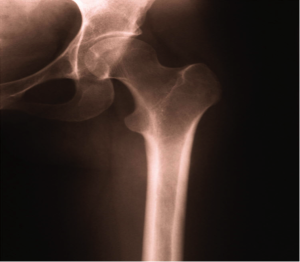Legg-Perthes Disease Causes
Legg-Perthes disease is a rare disorder with very few cases diagnosed each year worldwide. Most researchers and physicians alike agree that there is no known cause for Legg-Perthes disease. It is thought that this disease may have genetic origins and may run in families. This can also be a congenital anomaly like any other disorder involving the bone formation of children. Parents may take comfort in knowing that researchers continue to look for a cause of this disease and there may one day be an answer to this very puzzling problem. In the mean time let’s discuss the symptoms involved with this disorder.
Legg-Perthes disease Symptoms
 There are many different symptoms that may present to a parent of children who are suffering from Legg-Perthes disease. Children may often have leg, pelvic, or groin pain with no apparent cause. While other problems like strained muscles, dislocations, and bruises will have an accompanying event to explain the pain your child is feeling Legg-Perthes disease will not. Children may also feel pain in other areas of the affected leg such as knee pain. Children may limp as well and usually begin to show these signs from the toddler years through early adolescence. If your child is experiencing any of these symptoms it’s important to see your pediatrician for a complete physical exam to rule out other causes of pain and start treatment as soon as possible.
There are many different symptoms that may present to a parent of children who are suffering from Legg-Perthes disease. Children may often have leg, pelvic, or groin pain with no apparent cause. While other problems like strained muscles, dislocations, and bruises will have an accompanying event to explain the pain your child is feeling Legg-Perthes disease will not. Children may also feel pain in other areas of the affected leg such as knee pain. Children may limp as well and usually begin to show these signs from the toddler years through early adolescence. If your child is experiencing any of these symptoms it’s important to see your pediatrician for a complete physical exam to rule out other causes of pain and start treatment as soon as possible.
Legg-Perthes Disease Diagnosis
Diagnosis will begin with a full physical exam of your child and gathering a good medical history. Your doctor will want to know about any sports or activities your child participates in as well as any injuries that they may have experienced. You pediatrician will manipulate your child’s hip and leg gently to assess range of motion. The practitioner will also check to be sure that your child’s legs are equal in length and to evaluate the position of the legs at rest. Imaging will also be ordered as well including x-rays or MRI’s to rule out other injuries and get a clear view of what’s really going on in your child’s hip.
Legg-Perthes Disease Treatment
There are treatments available for this disorder to help your child regain mobility and to prevent complications both now or later on in adulthood. Treatment may produce a very good outcome in young children or in children where the whole joint has not been affected. Older children or children with more extensive involvement of the joint may have a reduced range of motion and future complications or the need for hip replacement in adulthood. There are both surgical and no surgical treatments. Your child may be given assistive devices like crutches to help them reduce the strain on the affected hip. Or braces and casting may be employed to try to reduce shortening of the leg and deformity of the muscles. Surgery will involve an Osteotomy or a Tenotomy. A Tenotomy will help to repair muscles that have shortened during the course of the illness. An Osteotomy will involve cutting into the bone and repositioning some of the structures within the hip itself. For more information see your pediatrician today.